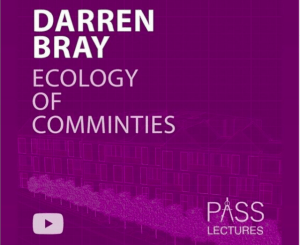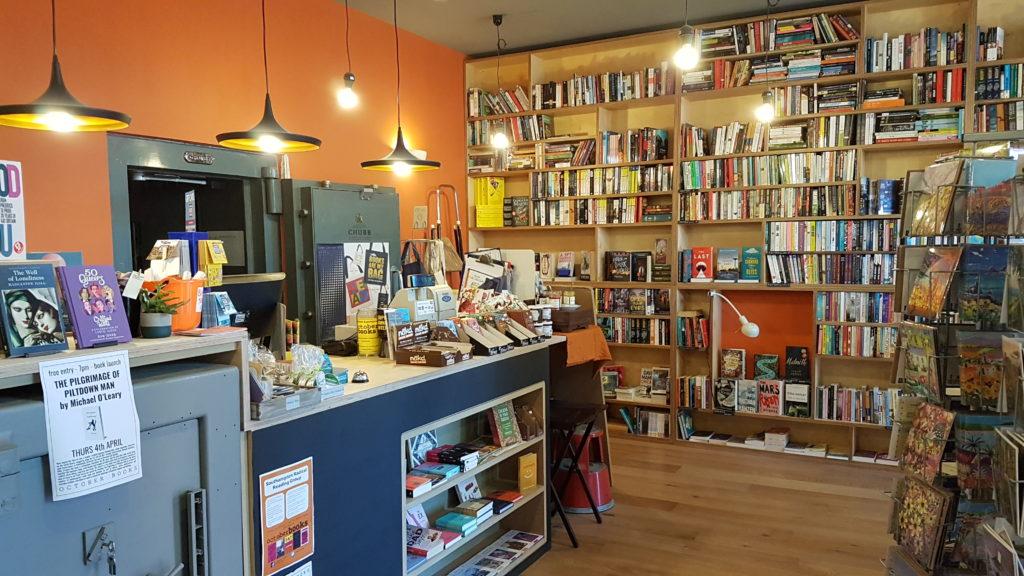‘I never teach my pupils; I only attempt to provide the conditions in which they can learn.’ –Albert Einstein
Since becoming a fully qualified architect I have always kept myself involved with academia, through part time teaching, reviewing exam work and acting as a visiting lecturer at various universities. The more academic work I have been involved with the more I have realized that teaching is important to me, it is part of who I am and what I do and has a positive influence on the evolution of Studio BAD.
Part of the reason I love teaching is that it invigorates me. Students often have a seemingly naïve or fresh way of approaching problems that keeps me from getting stuck into an architectural rut. They also challenge me to be better, to teach better, to design better, as they are not easily impressed by my work experience they do not just accept my word but want proof. I find that by having to justify my ideas and views it makes me think harder.
I feel lucky that my teaching work makes my outlook more current, in this academic world of theory I am exposed to people who would normally be outside my natural sphere of the practice and we all bring different ideas together. In this space theories are explored, this is a luxury many small practices do not normally have the ability to do, often the time spent on the practicalities of running a small practice take over from the time we should really dedicate to critical thinking.
As cliché as it sounds I do also really like giving back, teaching allows me to do that. I am hugely aware of the positive impact my teachers had on me, they helped shape me to become what I am today and I do believe that without their belief in me pushing me forward I would not be a successful architect now. If I can pass this positive impact onto just one of my students then I will feel I have succeeded.

